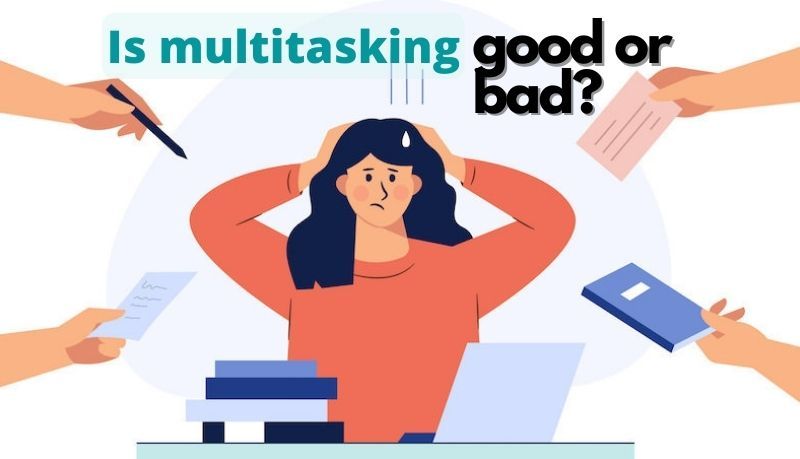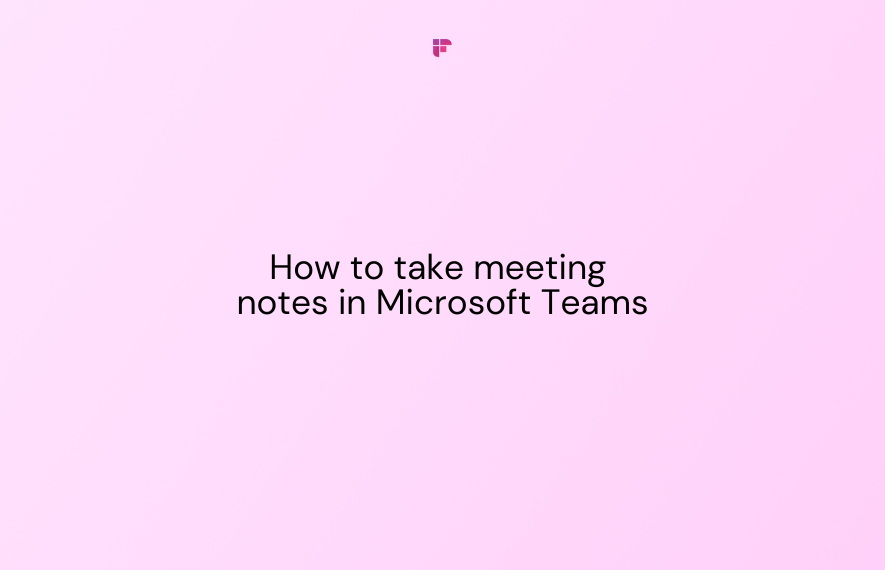Everyone these days multitask without realizing it. You could prepare an essay, listen to music while cooking dinner, and teach math to your kids—all at the same time.
But the conveniences of the Digital Age have a darker side to them; with more technology, it has turned out to be increasingly challenging not to be present.
At times it seems like you're expected to be accessible 24/7. Most people buy into the myth of achieving more through multitasking and meeting these demands. However, how often is this multitasking effective?
What can you do to develop multitasking skills and become more productive?
Learn about multitasking, its benefits and downside, and multitasking tips to do it effectively with the help of this article!
Multitasking: Fact or Fiction
Multitasking is the act of switching between two or more tasks simultaneously. The term was initially used to describe how microprocessors work in computers. The question here is if this is humanly possible.

Human multitasking is possible but not in the usual sense of the word. It's not about doing too many things simultaneously; instead, it's how you do it systematically.
Distractions are inevitable, and blocking them off can seem like a nearly impossible thing to do. We tell ourselves that juggling all of our responsibilities means getting more work done.
The truth is, multitasking cannot work all the time and is not for everyone; it has detrimental effects on productivity.
Is Multitasking a Myth?: Why You Can't Stop Juggling Work
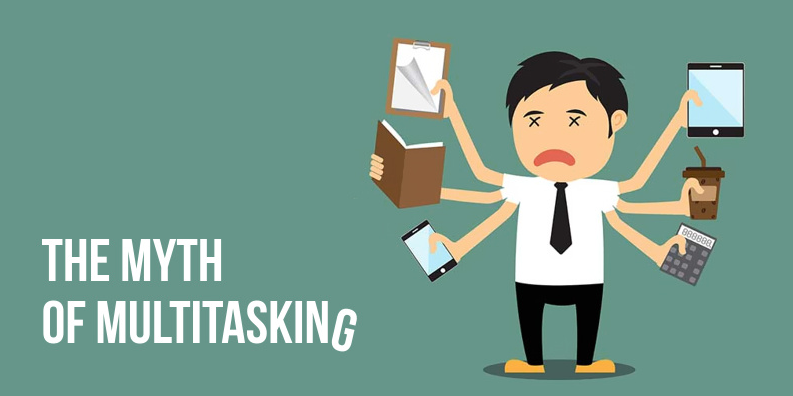
In fact, only an estimated 2% of the population is proficient at multitasking. The problem here is when we 'think' we are among this 2% of people and use all our ability to take on more than our capacity.
Ironically, these people are less likely to multitask effectively. Research also indicates that people who multitask more often are likely to be worst at it.
Consider the amount of attention you'd need to perform each of these tasks. It could be possible if you could do one of the two on autopilot.
But what if you're trying to accomplish two complicated tasks like watching a movie while working on a presentation? You may unintentionally make your work more time-consuming.
Neuroscience's Take on Human Multitasking
When your brain focuses on something, it activates the prefrontal cortex—the mind's motivational system. The left and right sides wrap around the front of your brain, and when you're focused, they work in tandem.
But, while multitasking, they attempt to work independently; this means you are switching between either of your prefrontal cortex and not doing two things simultaneously.
The switch takes up microseconds that add up to several minutes each time you do two things, which takes up to 40% longer to complete the same tasks than if you were to handle them separately.
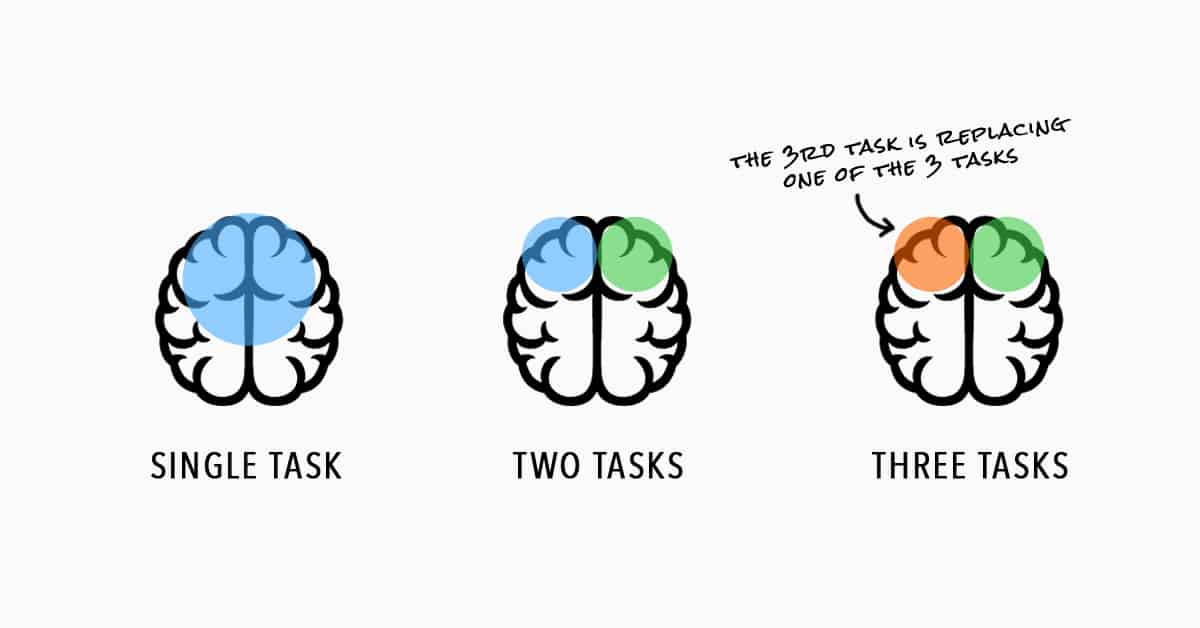
Additionally, switching between too many tasks drains your cognitive abilities and working memory, making you vulnerable to mistakes.
Complex tasks take a higher cognitive load, costing your working memory more. Hence you're only able to do two things that occupy less cognitive load, like exercising while listening to your favorite podcast.
Surprisingly, most people also believe that doing one task at a time leads to better results. Regardless of the statistics, it's essential to make your propensity to indulge interruptions work for you rather than against you.
The Addiction of Multitasking: Clues You May Have a Problem

- You find it difficult to unplug: Be it a conference or a vacation or even after work hours, you tend to be more anxious when you don't check emails or voice messages.
- Your desk is cluttered with unfinished projects: You find multitasking a way to avoid 'difficult to finish' or stalled-off projects. You find it hard to turn off distractions and concentrate.
- Separating data from information becomes challenging: These days, we are all bombarded with data. But are all those reliable? Is there anything worthwhile that's being reported? You cannot arrange to deliver information from one source; instead, you invest time and resources in multiple sources.
- Your ideas and creativity are stalled: The best ideas and creative thinking occur when our mind is uncluttered, which is why people ask you to "sleep on it." It gets challenging to build quiet, uncomplicated time for creative thinking.
Despite all these compelling reasons to steer clear of multitasking at all costs, there's a couple of situations where juggling multiple tasks could be beneficial.
The Benefits of Multitasking
According to a study published by the Association for Psychological Science, regardless of whether people handle several tasks, perceiving the activity as multitasking positively affected their performances.
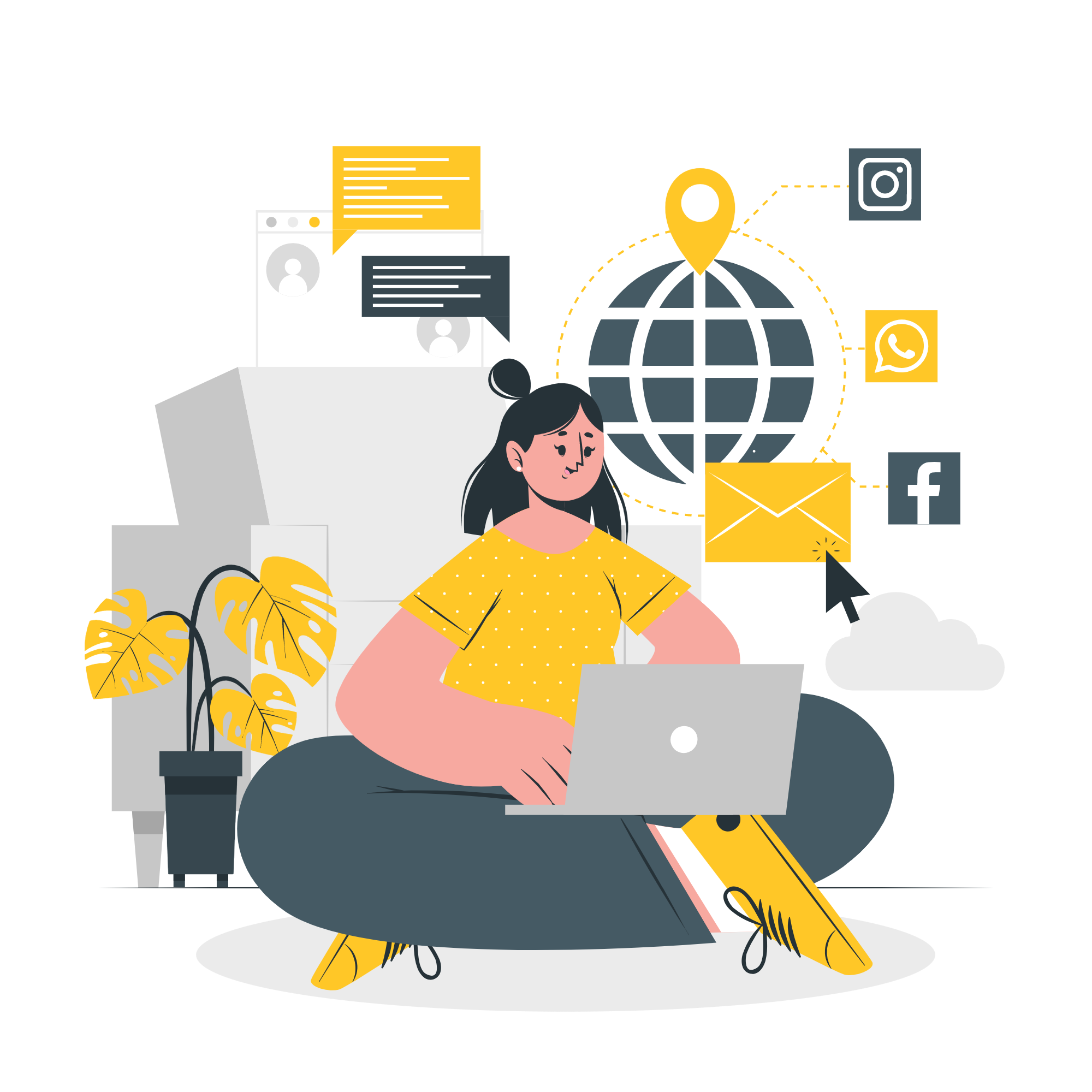
From a business perspective, multitasking is an ability to adapt well to different work environments and effectively undertake tasks within a set timeframe.
Multitasking helps with...
- Better time-management: A professional who can get multiple tasks done in a shorter period is better than someone getting just one task done with the same amount of time. For instance, think of spending an hour on the treadmill and listening to a language course online. Wouldn't you be saving time if you did both simultaneously since walking on a treadmill is just a physical workout?
- Higher productivity: You can deliver more outputs with minimum resources. For example, if your company has people who multitask effectively, they can accomplish more work in less time. This, in turn, minimizes the time and resources you'd need to finish a project and increases the volume of work that could be taken on.
- Saving money: It's a known fact that time is money. The more time you save by multitasking, the more money is in your pocket. Another example of how multitasking saves money is in workspaces. Rather than hiring five extra people to take on more tasks, if you simply hire two people who are great at multitasking, you get work done sooner with less money and resources.
- Preventing procrastination: Being a pro multitasker motivates you to achieve more. You must typically enjoy crossing off tasks from a to-do list with several things to do. Motivation from accomplishing tasks helps you do more than keeping it for later.
- Boosts creativity: According to the findings of two researchers, Melwani and Kapadia, there's a clear link between multitasking and creativity. While multitasking, the brain creates a greater demand for cognitive resources such as working memory and attention, activating cognitive flexibility, which leads to greater creativity.
Are Women Multitasking Pros?
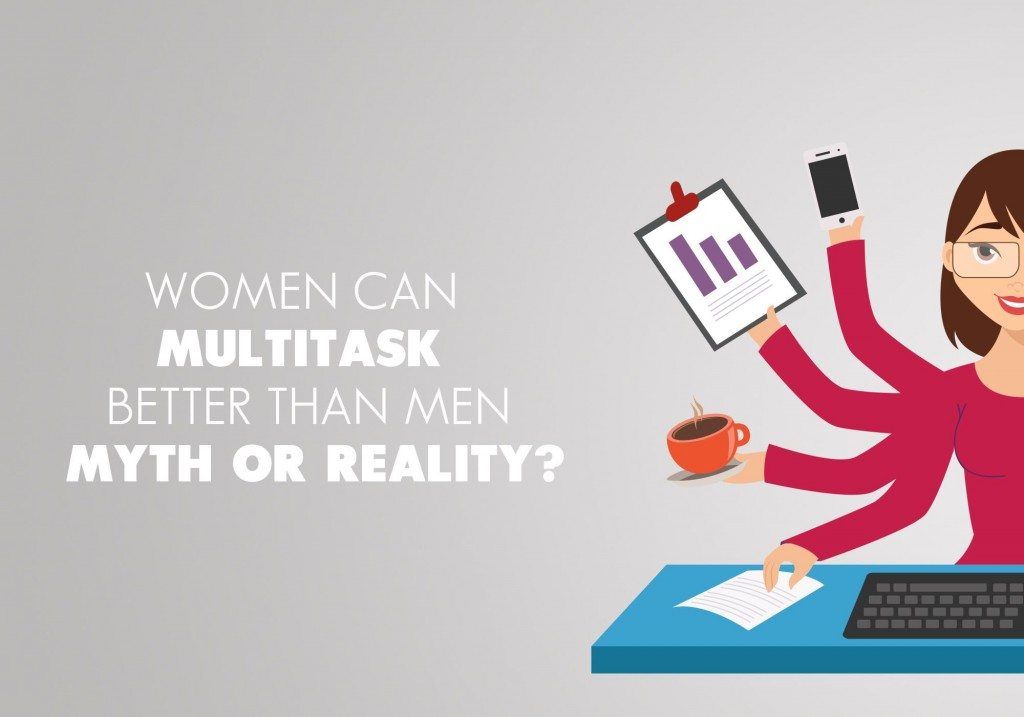
A study published by 'PLOS One shows that women aren't better at multitasking; instead, they just do more work than men. This study was built on the existing body of research which proves that brain cannot manage multiple activities at once.
On the other hand, according to a paper in the journal BMC Psychology, men suffered to cope with juggling priorities compared to women. In a test conducted by UK psychologists, men were slower and much less organized than women while switching between two tasks.
In short, women outperform men in multitasking paradigms, however without any conclusive evidence and lack of empirical studies, gender differences shouldn't be used to make strong generalizations.
15 Tips On Multitasking Effectively
No matter what's said and done, multitasking is something we've all got to deal with. Even with all this evidence that proves multitasking could be counterproductive, scheduling and planning several tasks simultaneously is necessary for the modern work environment.
Working from home comes with the extra skill of coping with distractions. This has also become a common interview question that asks you to describe your experience with handling multiple tasks.
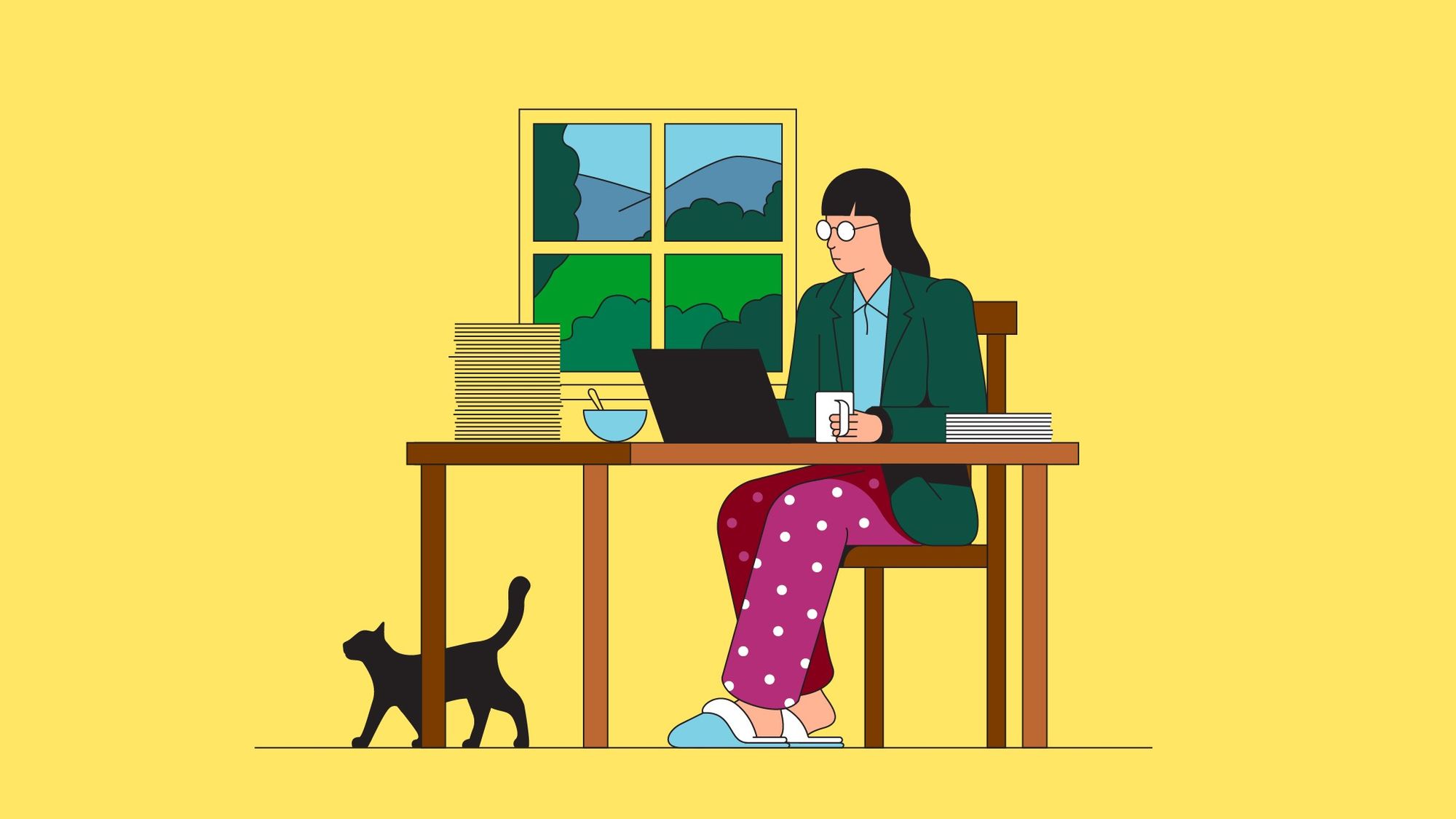
Examples of how to multitask at work include: responding to emails while speaking on the phone, signing a package while welcoming a customer, updating the team as you work on a project, taking notes while on a call, etc.
Even though taking meeting notes can be handled by the Fireflies AI bot, you'll need to manage other multiple tasks single-handedly.
How and when you multitask depends on the kind of work you do, but chances are, multitasking is part of your job or day-to-day life already.
When executed the right way, it can be a real asset. However, multitasking requires prioritizing tasks and juggling them while also preventing distractions.
Here are some tips on how to multitask and stay organized
1. Prioritize and Plan
Having a meeting agenda is the first step to successful multitasking. Write down what you need to do and then rank each task based on priority levels of urgency. Sort them from higher priority to lowest. Once you begin multitasking, you will juggle several tasks; hence, decision-making plays a vital role in executing the plan. If there is no planning, you're most likely to lose more time than save.
2. Set Realistic Goals
Taking on too much work at once could cause unnecessary stress. Don't overload yourself with tasks you need to complete in a day; instead, separate them into bite-sized chunks, which are easier to work through.
Try to filter out unnecessary tasks if it's taking too much space on your list. A mammoth-sized to-do list shouldn't overwhelm you when they're split into separate sections or have different deadlines. Always make sure your goals are achievable.
3. Make your to-do list prominent

Your list must be visible and appealing for you to stay motivated. Don't just make it and then forget. Write it out and place it somewhere prominent so that you don't need to look for it. You could color-code your list, bold print, or use numbers to differentiate between the most important and least important tasks, too.
4. Stay Organized
If you want to accomplish your goals, you'll have to put your undivided attention, so trying to locate a file or finding a pen can really take up too much of your time.
To make your life easier, arrange your workspace with every necessary thing you'll need during your multitasking session. This also includes opening your files on the desktop.
5. Plan Your Week Day-By-Day
Map out your schedule after you've prioritized tasks. You can do this for each day of the week to put a specific plan in place.
Managing each day will help you identify any days that you can use to work on top priority tasks, which will eventually help you multitask more efficiently across the week.
6. Take frequent breaks
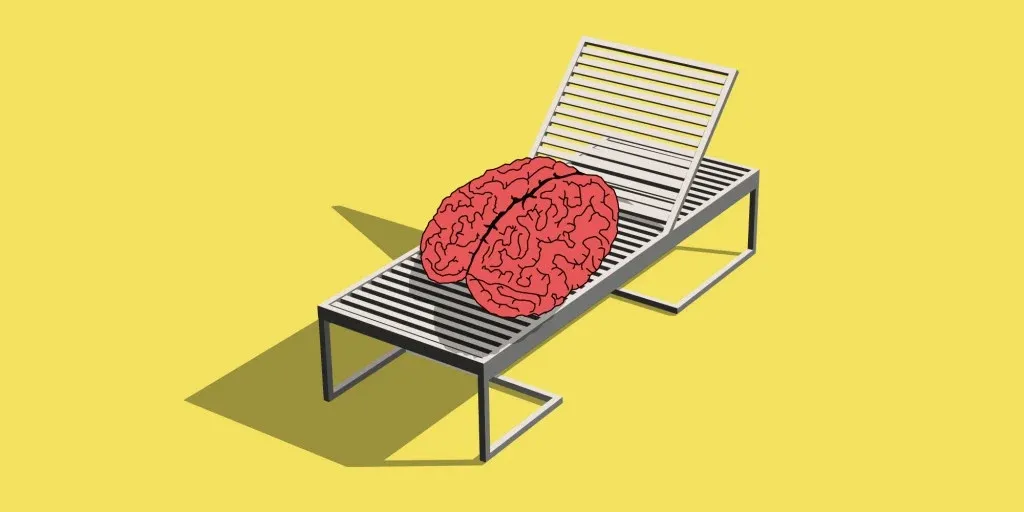
All work and no play can get draining, and this is no way to get things done, so make sure you take short breaks. Once you're back from the break, you'll be able to identify the errors you've made which you might not have noticed before, if any.
7. Group Similar Tasks
One factor that makes multitasking challenging is switching between two entirely different tasks. This is sure to confuse. Whenever you plan, make sure to group similar tasks to make it easier to juggle between the two without losing time.
For example, if you have to make and schedule many social media posts across all the social media platforms, then put them together.
8. Avoid Distractions (or try, at the very least)
If you need to be efficient at multitasking, you'll first need to avoid distractions. Distractions can vary depending on the person, such as some people find it easy to focus with music, and some find it distracting.
Many people accustomed to in-office work find it really distracting to work from home. In such cases, there are several practices you could engage in to avoid getting distracted at home.
This includes: getting dressed like you're going to the office, setting an office-like workspace at home, following the usual work schedule, putting your phone on silent, and limiting social media during work hours.
Suggested Read:

9. Enjoy What You Do
According to the University of Warwick research, happiness increases productivity by 12%. So anything that makes your task enjoyable is worth it.
But not all work is fun, so in such cases, reward yourself for completing a task; this will positively reinforce you to look forward to something and help you stay motivated.
10. Put Quality Over Quantity
Multitasking could affect your work if not done prudently. According to USC, multitasking tends to lead you to make more mistakes, affecting your brain's efficiency. This could negatively affect the quality of your work. So make sure you don't let your quality suffer, dedicate time to each task and avoid rushing them.
11. Delegate
Although this isn't multitasking, it's part of the process. If you're a manager, delegating work comes in handy. You aren't technically doing the work, but you're trying to tick the task off your list in a short time.
If you're confident in finishing complex tasks, prioritize that and assign the rest to your team members who can complete them effectively.
12. Plan extra time
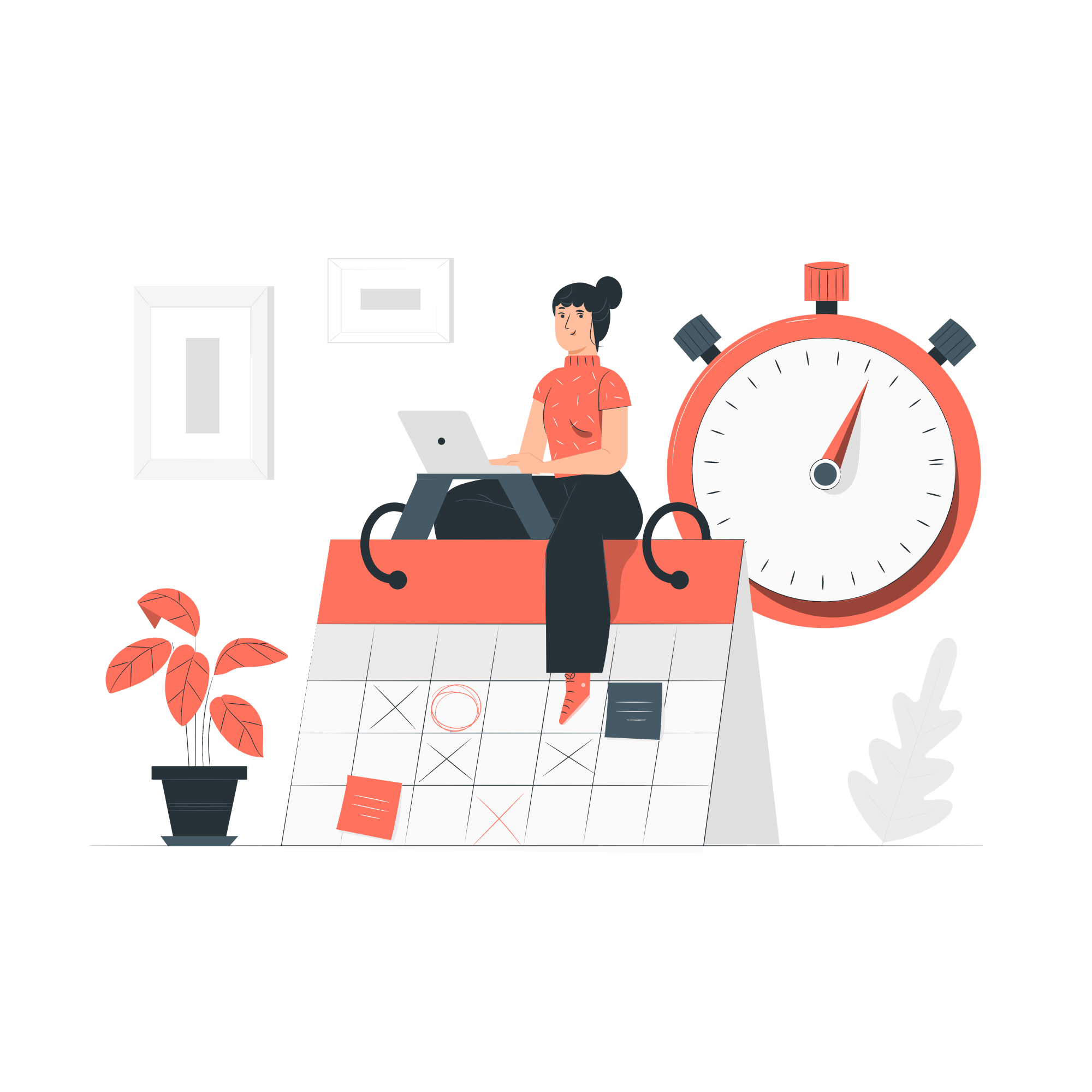
Delays are inevitable. No matter how much you plan or work, things can get out of hand sometimes. Some tasks take longer to accomplish, sometimes your colleague could delay it, you could fall sick, or your productivity can drop. Hence, it's always important to give yourself a buffer time.
Prepare yourself for the unexpected to avoid last-minute rush and poor quality work. Suppose you wouldn't need any, and if everything goes as planned, you still have time left to review your work or just take a break.
Suggested Read:

13. Know Your Limits
The more you practice multitasking, the better you'll know how it's working out for you. There is never a one-size-fits-all way to do things, as everyone experiences things differently.
Maybe you're more productive in the evenings, or you can only work on two tasks at once. You'll be able to fine-tune your process only by knowing which circumstances work best for you.
14. Review your Progress
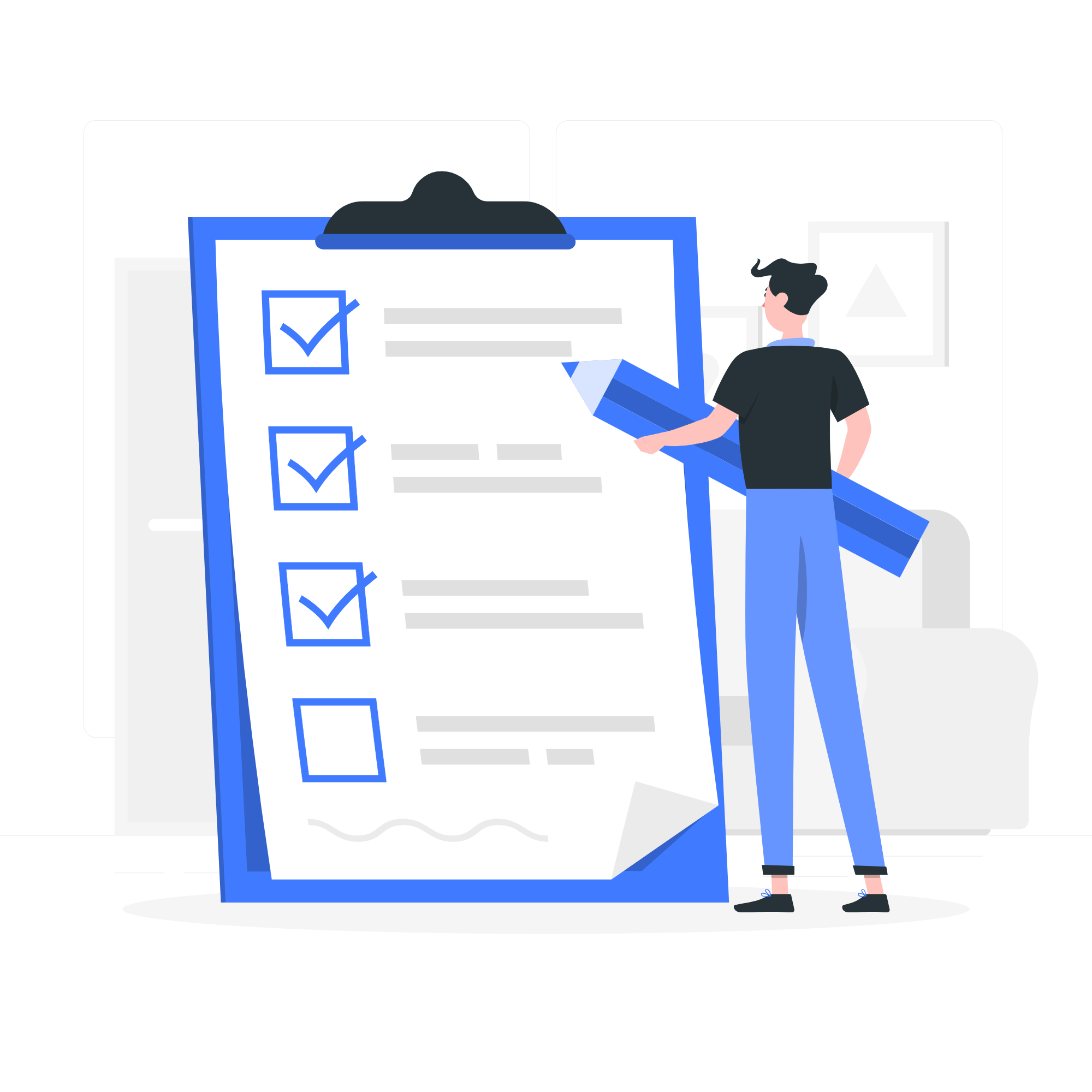
Crossing out completed tasks, reviewing your progress, and giving yourself constructive feedback is a great way to stay motivated, especially when you have a long list.
You can set a timeline if you have larger projects to help you determine if you're on track. If you're lagging, you can focus on shifting your priorities.
15. Practice, practice, and practice some more
Everything becomes easier with practice. Take a multitasking test, or use training resources whenever you want to expand your capabilities.
If that's not enough, try integrating multitasking into your day-to-day life. For example, combine a physical task with a mental task such as listening to a podcast while doing the laundry.
Final Thoughts
Finding a balance with techniques that work for you and asking for help whenever needed is the final step to multitasking. Be wary of the downsides to it as you keep these multitasking tips in mind, and in no time, you'd be juggling more work as a pro multitasker.

